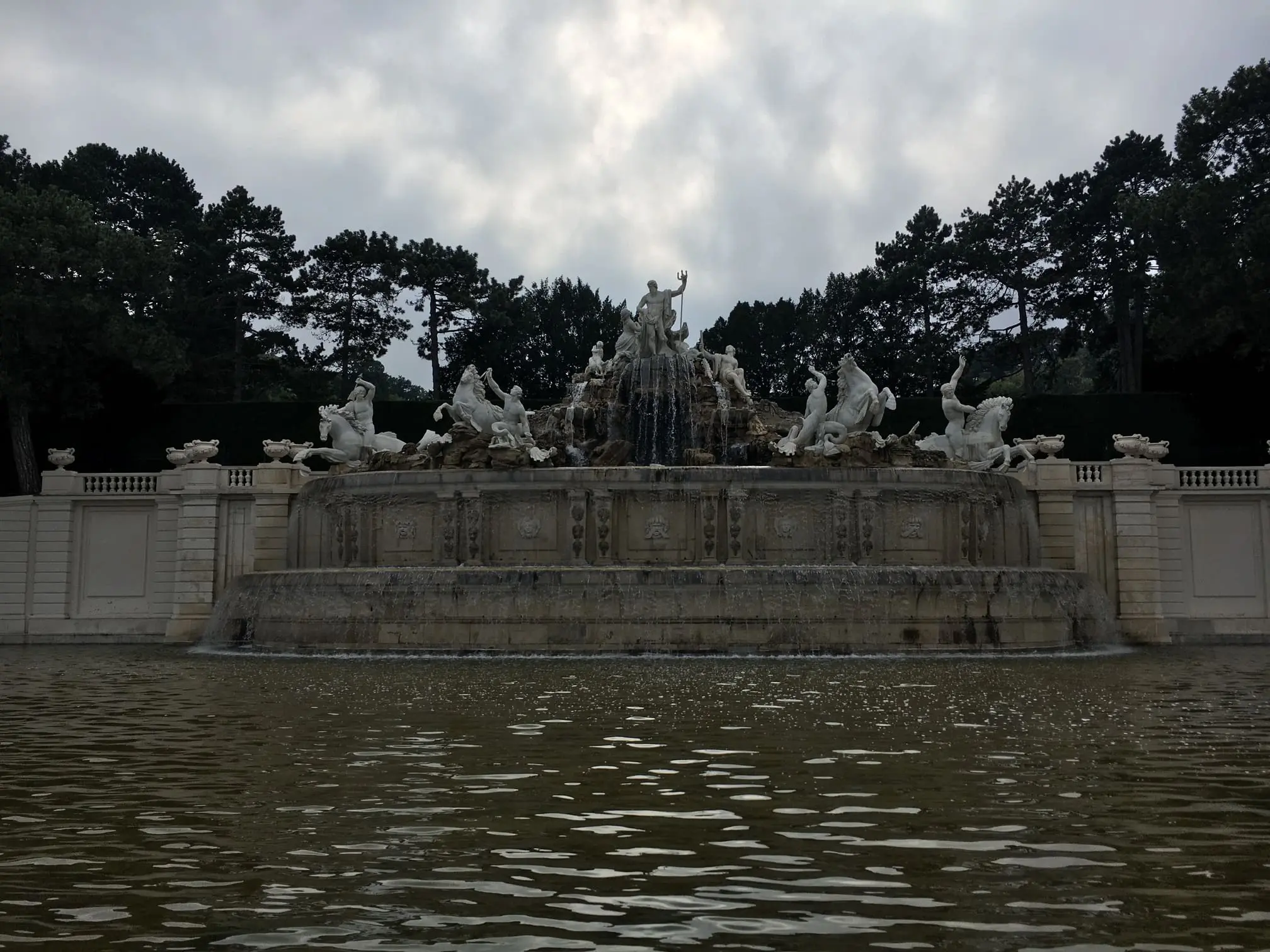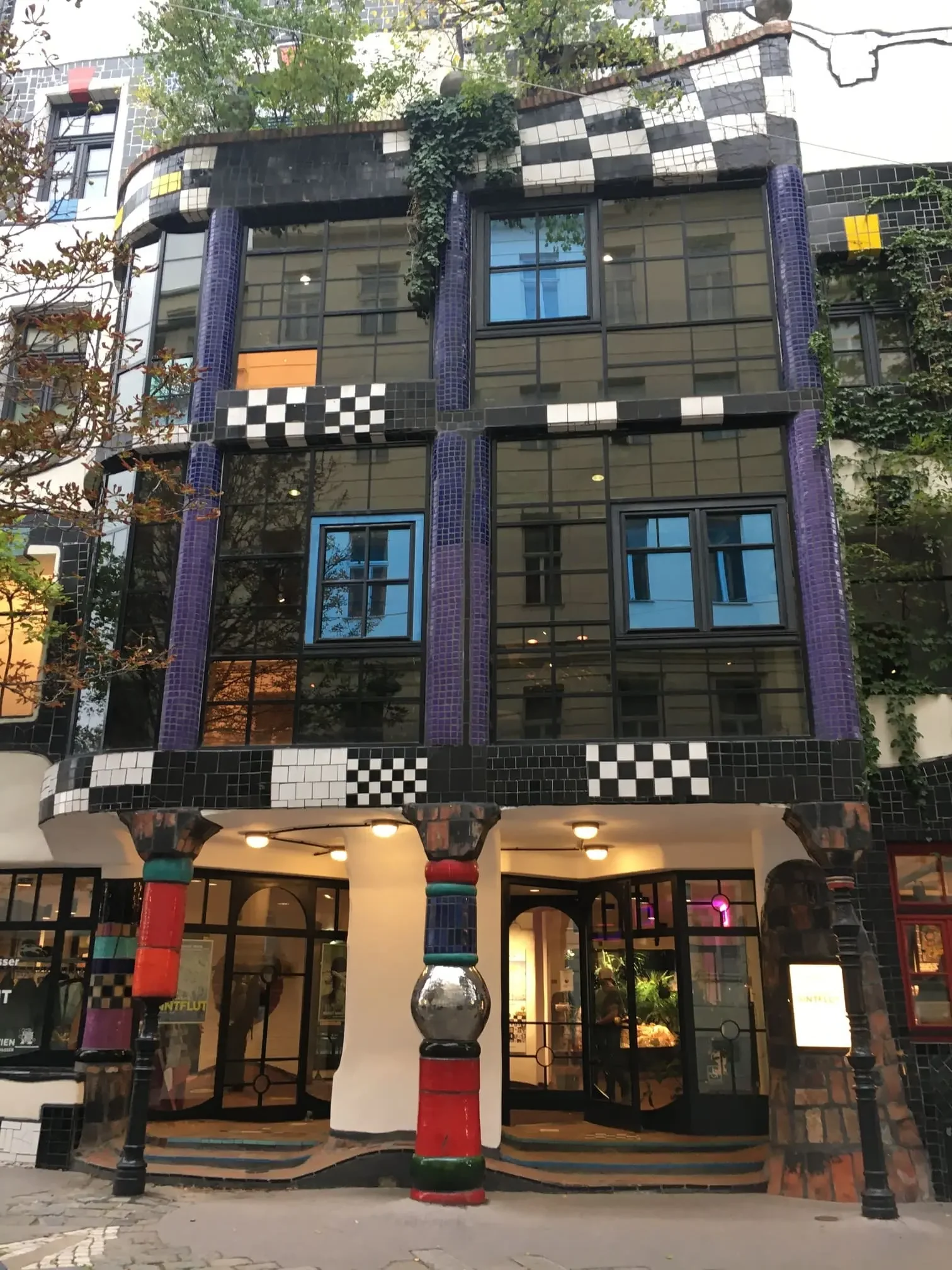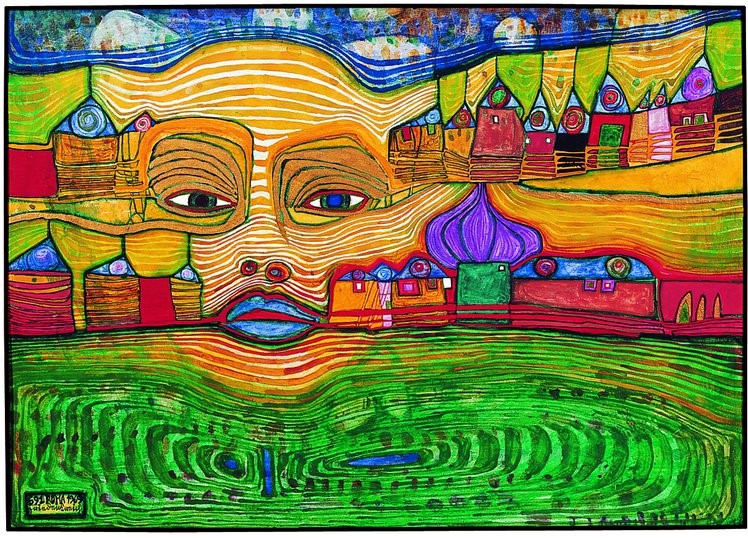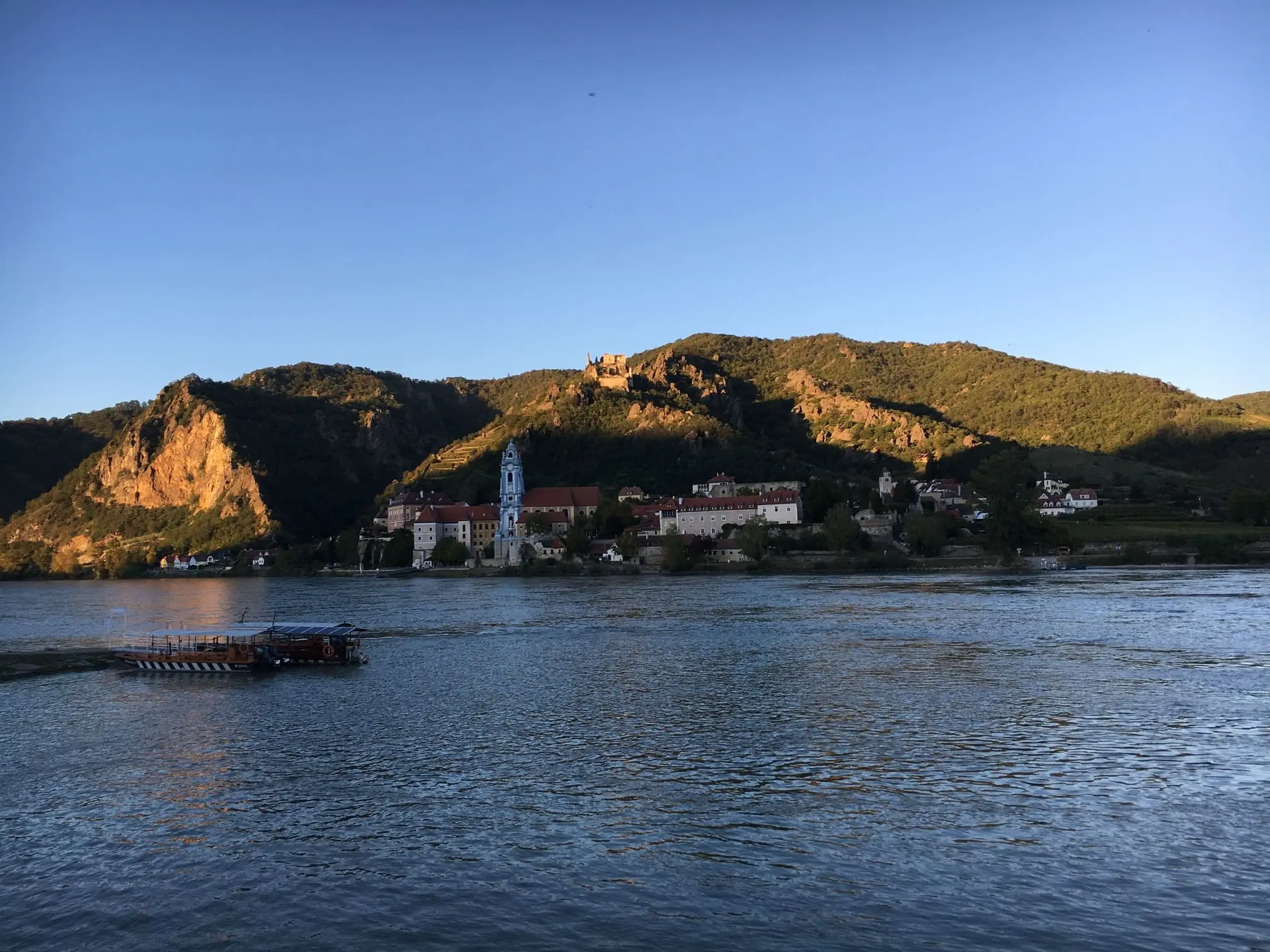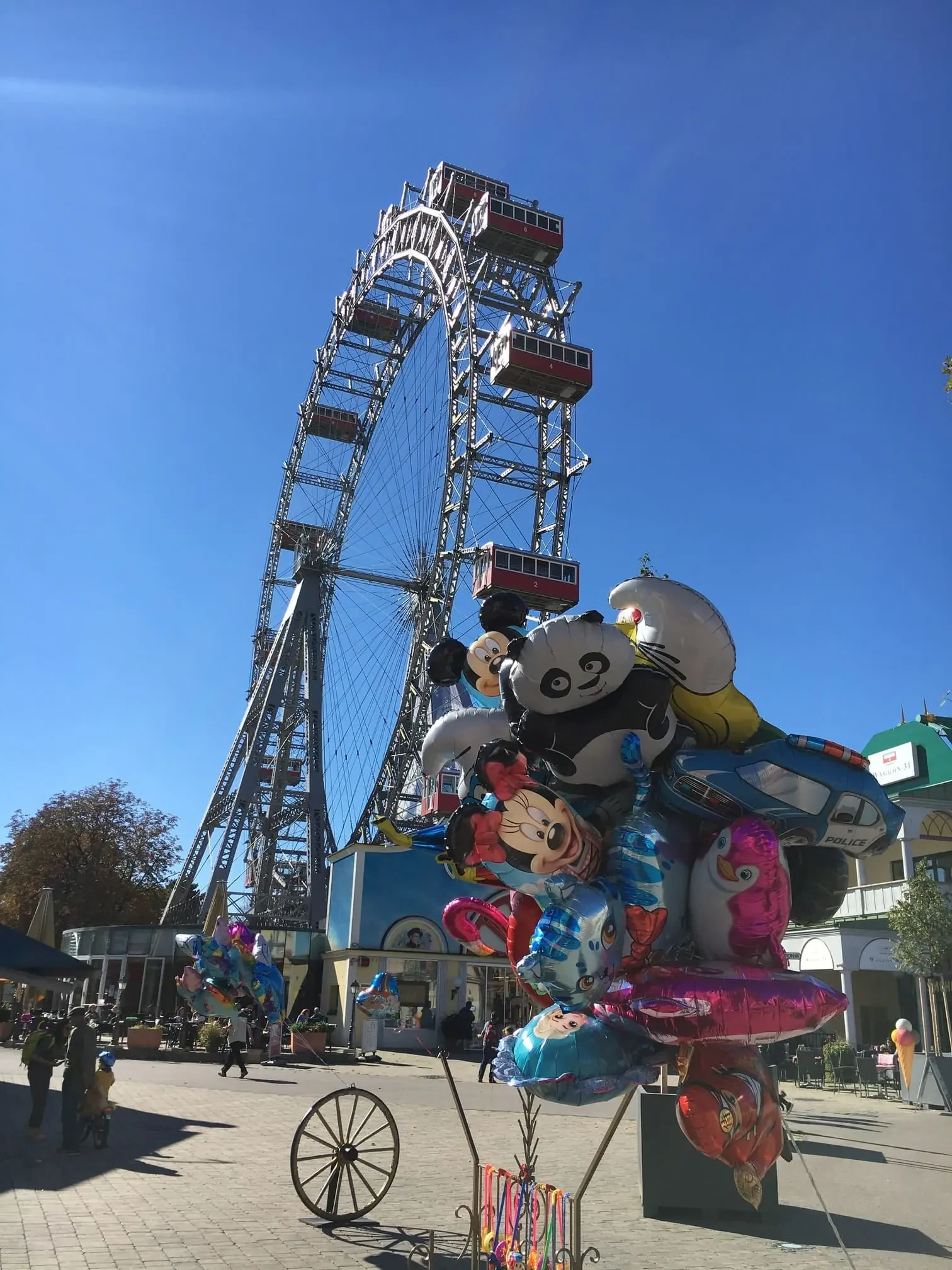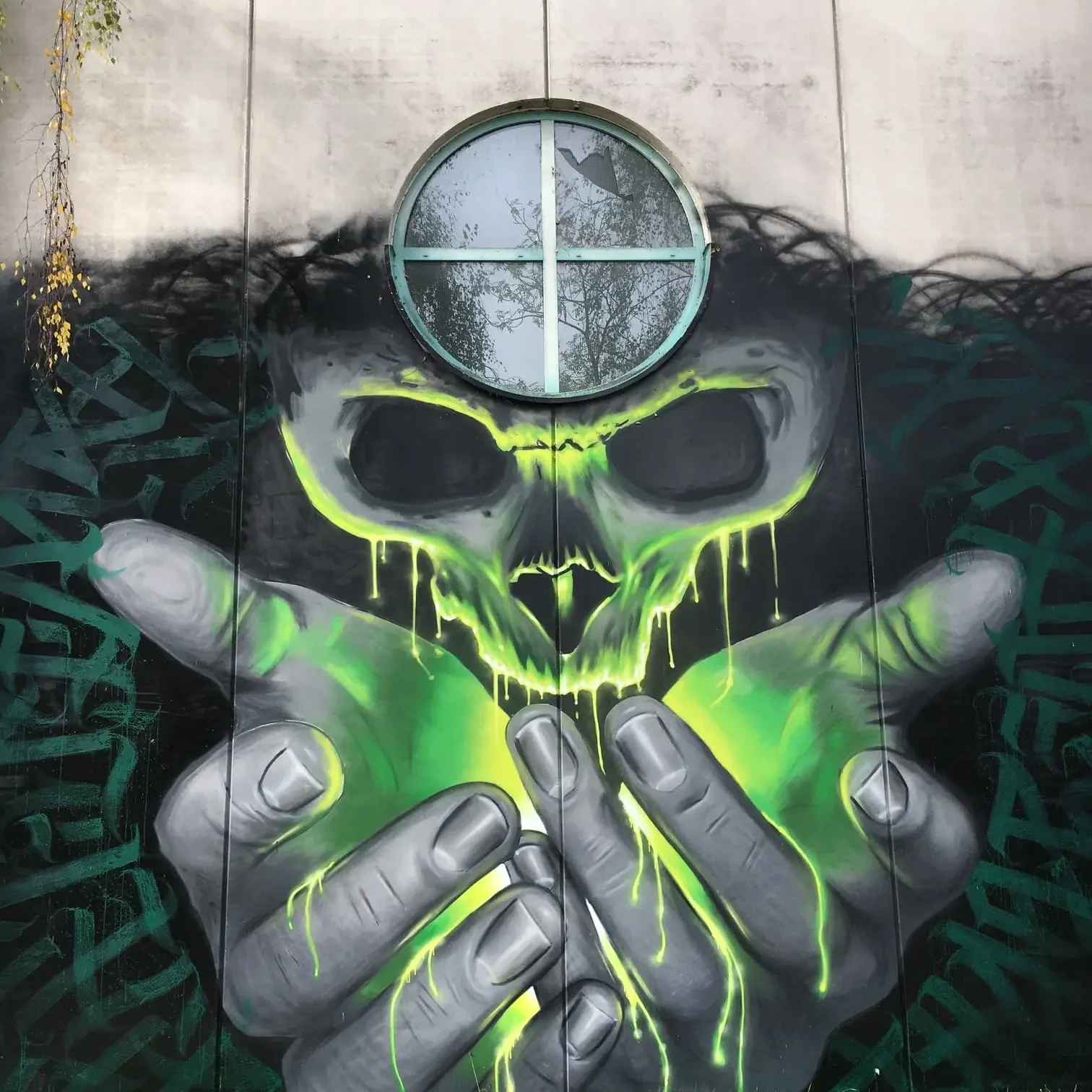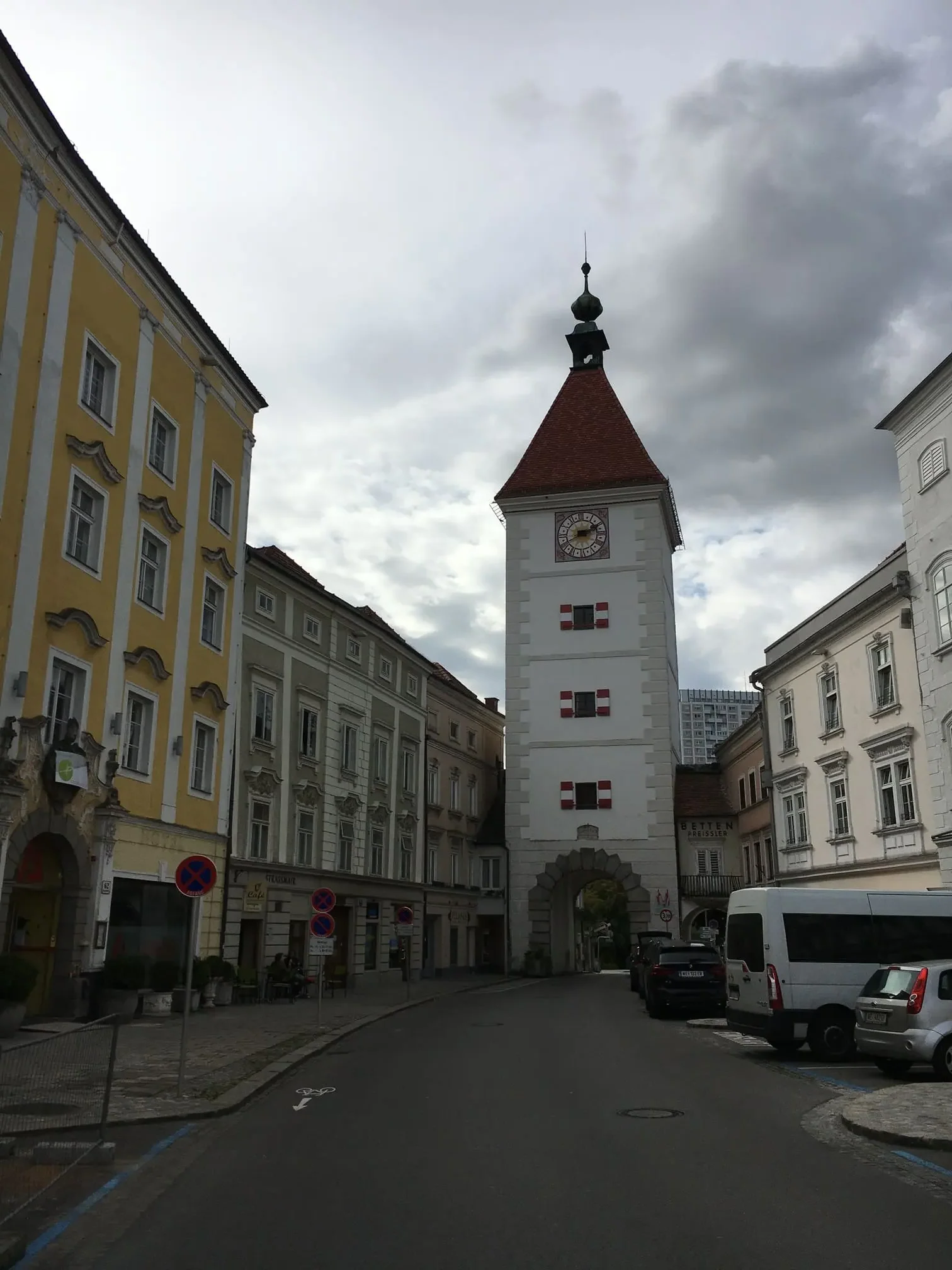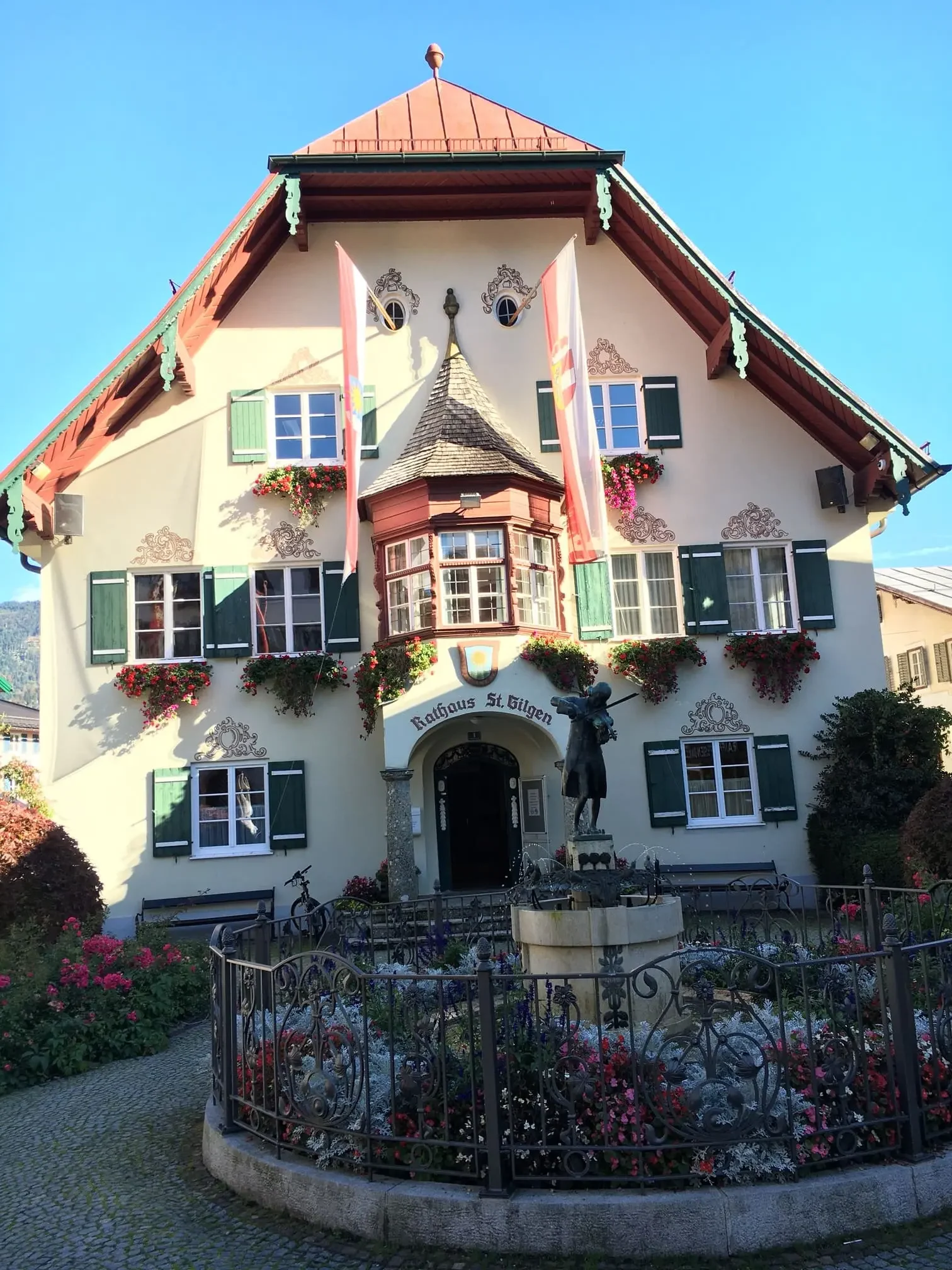I start at 09:30 with a pleasant breakfast next to the hostel. I finally visit the majestic Schönbrunn Palace. Pictures are gonna be from the official website as taking pictures was prohibited.
Historical Interlude Austria/Holy Empire and Schönbrunn Castle
Built in 1700, it hosted all the Holy Roman Emperors until 1806, and the Austro-Hungarian Empire until 1918 (Napoleon passed through to put things in order haha). It was built after the final departure of the Ottomans in 1683, marking the reconquest of Hungary at the time.Maria Theresa had the entire place remodeled in the Rococo style (the current style).
The tour leads us through various rooms. The first room is the adjutant’s room where the Emperor worked, followed by the guard room with a beautiful tiled stove. Next is the grand billiard room where festivities like the 100th anniversary of the palace are celebrated.
Franz Josef, Maria Theresa’s grandson, became one of the last emperors at 18. He worked from 5 AM and was a workaholic in a very sober and devout environment, as seen in his quarters. He was deeply in love with the famous Sissi, though the feeling wasn’t entirely mutual, which is why she traveled often and played on her beauty.
In the following rooms, there are paintings, like one of Marie Antoinette in hunting attire. She wasn’t well-liked by Maria Theresa, who married her off to Louis XVI to ease tensions between the 2 powers of this time.
In the dining room, they served French cuisine on special occasions and Viennese cuisine more regularly.
Then, the majestic Hall of Mirrors where Mozart played at barely six years old, allegedly jumping onto Maria Theresa’s lap. All her daughters were married off for political reasons except one, her favorite, who lived out her true love.
In the Great Gallery, impressive frescoes adorn the ceiling, depicting Maria Theresa and Francis I (the Austrian from the Holy Empire) surrounded by allegories of their governed territories, like the Hungarian coat of arms.
The celebration hall features a grand painting of the marriage of Maria Theresa’s son Joseph, with a procession of 98 carriages representing all European regions. Mozart is also in the painting, an anachronism as he was only four at the time. The details are marvelous.
We enter rooms inspired by and containing Asian works. When Napoleon arrived, he stayed in Marie Theresa’s room from 1805 to 1809. After the fall of France and Napoleon, his wife Marie Louise went to the Duchy of Parma but left their son, the Duke of Reichstadt, who died at 21, perhaps to prevent another Bonaparte conquest.
Lastly, the Million Room with rosewood paneling is sublime, with very rare pieces. Portraits of the last emperors are also seen.
Afterward, I enjoy the gardens behind the palace. Even though it’s late September and the plants aren’t as vibrant, it’s still pleasant. The climb to the Gloriette and the view from there are also delightful. There’s even a small, fun maze with activities for children.
Next, I visit the very exotic Naschmarkt, filled with products and spices from oriental regions as well as local items.
I briefly see the main monument, Stephansdom, which seems beautiful but is currently under renovation, with massive Audi advertisements on the scaffolding.
I then enjoy a delicious Kaiserschmarrn at the famous Café Central without too much waiting. Thanks, Mom, for the on point recommendation; it was worth it 😉
The day ends with a delicate outing to a dance club, even though Latin music isn’t really my cup of tea. Off to bed.
Stephansdom with its pretty car sponsoring
Day 58 Vienna Pause 2
Today, I explore more of the museums area, the old town and the city center, enjoying a pleasant walk. I have a great breakfast bowl at a trendy café and take my last days notes for quite some time (the ones you are currently reading). I also ask the servers for recommendations on where to find the best Wiener Schnitzel in town, taking note for dinner.
I then head to the Hundertwasser (famous for his unusual art with weird shapes and lots of colours) district, visiting his house and museum. It’s clear Mister Hundred Waters (initially Stowasser, Sto meaning hundred in Russian, he finally changes for Hundertwasser) disliked order; nothing in his creations, whether artistic or architectural, is straight.
Not seeing the no-photo rule and with no one saying anything, I took many pictures, hoping for no issues (I won’t share much).
Many of his works are displayed, some more captivating than others. His love-hate relationship with Vienna is evident; he found it too structured but cherished it as his origin. He loved nature, which is why he requested to be buried under a tree in New Zealand, a country he particularly appreciated. My favorite moment was reading his quote on respecting the past: “Wer die Vergangenheit nicht ehrt, verliert die Zukunft. Wer seine Wurzeln vernichtet, kann nicht wachsen.” (Translation: “If we don’t honor the past, we lose our future. If we destroy our roots, we cannot grow.”) It gave me chills as I resonate deeply with these words.
My day ends calmly with that Wiener Schnitzel in town and some rest, gearing up for the next day’s cycling along the Danube. Great food tasting but I feel like I am losing taste… Covid might be chasing me… Off to bed.
Day 59 Vienna to Between Krems an der Donau and Melk (115 km)
A morning scare from misplacing my lock keys elsewhere than usual, bad idea… After several minutes of panic, I find them and continue my adventure, ensuring I keep them in the same spot from now on.
11:00 Departure: I head to Vienna’s Prater, a year-round fair with many attractions and food stalls. The free entry is great.
I leave Vienna at 12:30 for over 100 km, hoping the wind favors me. I push myself hard, reaching close to Krems by nightfall, with only a short break to enjoy a Mohnkuchen (poppy seed cake) with whipped cream and chocolate sauce. The views along the Danube of castles and Austria’s wine region were pleasant despite the day’s performance goal.
I find a quick hidden spot to camp away from houses, knowing wild camping isn’t very friendly here (Germanic culture loves order of course).
Day 60 Melk to Linz (105 km)
Wake up to unwelcome rain. Packing is complicated, needing to fold everything inside the tent and then the wet tent itself, which will need drying later.
Heading to Linz, I have a fantastic breakfast in Melk (a very good KardinalSchnitte), a very beautiful town I highly recommend. I hoped to find a welcoming spot on Warmshowers in Linz, but no responses, so I’ll need to camp.
I decide to stop before Linz and visit it tomorrow morning to taste the city’s typical Linzer Torte. I don’t do much during the day, finishing leftovers for dinner. At least the tent can dry overnight. Notably, the tent’s poles start cracking, excellent… I add two repair supports provided by Decathlon to the most affected pieces, hoping duct tape on the others will keep them in decent shape until the end.
Day 61 Linz to Ebensee (85 km)
Visit of Linz, then heading to Hallstatt at full speed. I hope to taste their Linzer Torte to compare with my Mamema (grandmother’s) and mother’s Alsatian versions to see which one is the best.
First, at Orla, with more dough and a bit drier, then at kuk Bäckerei, which is moister and sweeter. Both were very good, but I’d still choose the specific Alsatian version from Hagenthal-le-Haut, my family at the top.
Then I visit Mariendom, offering retreats in a high room for isolation. Next, Schlossberg, with a model of the city in 1800 and a nice view showing the old and new town, and distant industrial zones with smoking chimneys along the Danube.
The city center is beautiful with the characteristic Holy Trinity column found in any Austro-Hungarian Catholic city. They have many museums, missing one where you walk from roof to roof, maybe next time.
12:00 Departure: A quick meal in Wels, another charming small city. The more I cross rich Austria, the more I appreciate the pastel-colored houses with moldings around windows and corners, making me consider similar designs for a future home. I reach the lake region with Gmunden, a very peaceful place.
I end the day in Ebensee, arriving for my second successful Warmshowers stay with a warm reception from Ruth and her dog Uma in their large house (designed for five; her husband is away for work in Germany, and their children are studying or living abroad). We exchange great tips on local visits and even Bavaria ones (like Herrenchiemsee Castle) over a good beer.
To my surprise, she offers to run hot water in an outdoor bath and heat their private sauna for me to rejuvenate from the recent long distances. I can’t refuse! What a delight! As Thierry Roland (French football commentator, famous for the following quote after the 1998 World cup France won) would say after “witnessing this, we can die happy now.”, I can confirm now, Thierry. I can’t thank Ruth enough for this kindness and the excellent meal. I’ll stay two nights, taking the train to Hallstatt tomorrow, returning for the night, then heading to Bad Ischl and Salzburg, avoiding inconvenient detours.
Day 62 Ebensee / Hallstatt Pause
I wake up late, and given the bad weather, my motivation is low. Still, I want to see Hallstatt and a nearby peak. In the end, the peak (5 Fingers) is closed due to the same bad weather. So, I decide to visit the ice caves via the cable car for 37 euros.
Some interesting information from the guide:
The cave is 800 meters deep. Bears used to come here to feed and hibernate.
The limestone of the Dachstein massif is very porous, with 300 meters of rock above our heads. The ice structures form when the melted snow water flows, cools, and instantly freezes inside the structure. However, during a humid summer, it’s most dangerous for preserving the ice. The water is too warm to freeze quickly and can gradually melt the existing structures. A hot, dry summer is not a problem, as the interior is generally well-protected from warm air.
A specific ice formation has drastically changed since its discovery; it was initially 3 meters tall and is now 9 meters. Each year, the shape can transform, and this year, humorously, it looks like a good old-fashioned male s*x organ 😀
We arrive at the area called Parcival Dom, where classical concerts have been held thanks to the superb acoustics. We even listen to 1-2 pieces to get a slight idea, and it is indeed impressive.
We can also hear water trickling through the stones. Typically, water penetrating the surface in liquid form takes two days to reach the cave areas. The site was discovered in 1910, and the adventurers’ entry is now our exit. It was the only access at the time. We climbed 550 steps up and down in this very impressive gallery, thighs worked pretty well even during a day break.
Then I quickly go to Hallstatt. The connection between the places is not very reliable and well-marked in Google Maps, so I have to walk for over an hour to reach the local tourist spot (mainly for the Chinese). I am lucky to visit during COVID and with the bad weather, it is really sparsely populated, allowing me to walk around peacefully.
It’s clear that this village is an Instagram hotspot, with super photogenic points of interest.
After grabbing a dessert and coffee, it is already time to head back and have a little scare in the rain with unreliable bus schedules and stations located outside the town.
Eventually, I manage to return to the house and meet a family friend, Thomas. We talk about the Vienna mayoral elections, Bavarian castles, and the fact that Ebensee’s territory is larger than the area of Paris intra muros. We have a good laugh when I talk about visiting Neuschwanstein and pronounce it ‘Neuschweinstein’ (going from the castle of the swan to that of the pig is quite funny haha).
Ruth shares her thoughts on Austria, mentioning that inequalities are low (perhaps a bit in schools). Ruth likes the environmental protests (like putting pools on the road or sofas in parking spaces). It is interesting to learn that Vienna has always been left-leaning since the establishment of the Republic, regardless of successive governments, even under the Nazi regime.
After these rich discussions, I take a good shower, do some laundry, and go to bed.
Day 63 Ebensee to Salzburg (80 km)
I wake up at 7:30 for a long day. I meet Herbert, Ruth’s husband, who shows me his HUGE collection of bikes he enjoys repairing in his garage. They make a great couple. He is chill in his bathrobe and mentions he now only works three days a week as a freelancer with a friend, providing automated medical tools to labs. We share a last good breakfast, discussing the future and politics. I notice he was a bit less hippie than his wife 😛
It is then time for me to leave. I thank Ruth warmly (with the famous good experience note) and went to do some shopping.
11:50 Departure: I quickly reach Bad Ischl, Emperor Franz Jozef’s favorite town, pretty pleasant to spend half a day. Then I head to Sankt Gilgen by Wolfgangsee (one wonders why it’s named that way 😉 ).
The climb is very tough, with winding paths and a belly full of a second Kaiserschmarrn. I then arrive in Salzburg, making a quick night visit before seeing it in daylight tomorrow. There is hardly anyone in the streets, which is quite unsettling.
The final week through Bavaria and Switzerland is coming up to dash and finally reaching home (my mental and physical state is wearing down as the weather becomes harsher).
See you in the next episode for the Grand Final.








